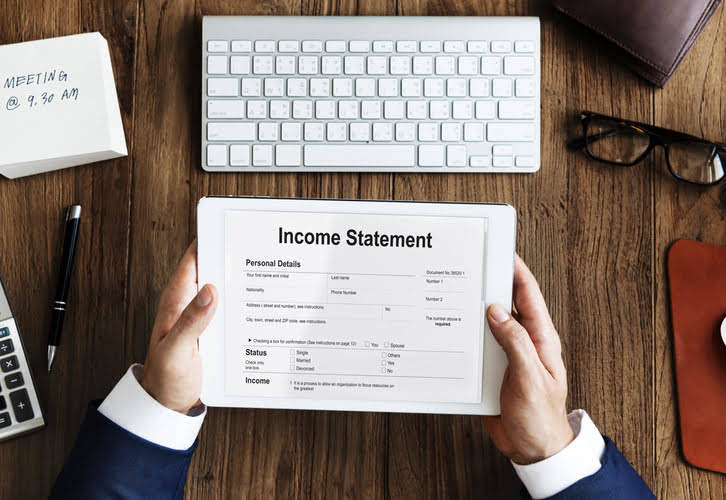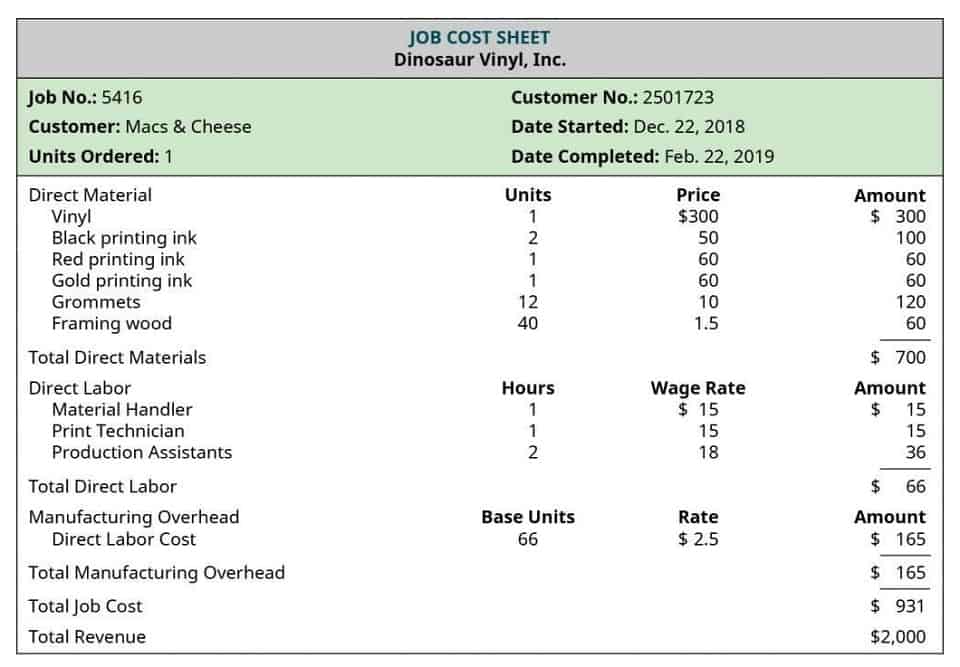05 Sep. 23
1 5 Transaction Analysis- from accounting equation to journal entries Financial and Managerial Accounting

For accrued expenses, such as salary or rent that grow over time, the accounting system can record the amounts gradually as incurred or only at the point of payment. However, the figures to be reported are not impacted by the specific mechanical steps that are taken. Utility payments are generated from bills for services that were used and paid for within the accounting period, thus recognized as an expense. The decrease to assets, specifically cash, affects the balance sheet and statement of cash flows. The decrease to equity as a result of the expense affects three statements. The income statement would see a change to expenses, changing net income (loss).

Step 7: Verify accuracy
The transactions are first recorded as journal entries, and then they are later posted to the general ledger. The continued equilibrium of the accounting equation does exist here although it is less obvious. On the statement of retained earnings, current net income becomes a component of retained earnings. The reduction in income here serves to decrease retained earnings. Because both assets and retained earnings go down by the same amount, the accounting equation continues to balance.

Recording Transactions

The accounting equation remains balanced because there is a $3,500 increase on the asset side, and a $3,500 increase on the liability and equity side. The change to liabilities will increase liabilities on the balance sheet. The basic components of even the simplest accounting system are accounts and a general ledger. An account is a record showing increases and decreases to assets, liabilities, and equity—the basic components found in the accounting equation. Each of these categories, in turn, includes many individual accounts, all of contribution margin which a company maintains in its general ledger. A general ledger is a comprehensive listing of all of a company’s accounts with their individual balances.
- We may earn a commission when you click on a link or make a purchase through the links on our site.
- Items on the left hand side of the equation are increased by a debit and decreased by a credit, items on the right of the equation are increased by a credit and decreased by a debit.
- The account titles so obtained must be in line with the account titles listed in the organization’s chart of accounts (COA) and used in the general ledger.
- When you enter information into a journal, we say you are journalizing the entry.
- It is not taken from previous examples but is intended to stand alone.
- This is because, under double-entry accounting, each transaction analysis impacts two accounts.
Analysis of Business Transactions FAQs
It would be impossible to emphasize the significance of precise transaction analysis in commercial accounting. Proper transaction analysis is crucial for https://www.bookstime.com/ creating accurate financial accounts. This can lead to incorrect log entries and mistakes in the accounting records. In the double-entry accounting system, every transaction affects at least two accounts. In the first step of transaction analysis, identify and extract the names of these accounts from the transaction.
Time Value of Money
- A journal keeps a historical account of all recordable transactions with which the company has engaged.
- Always double-check receipts and invoices to ensure you have the correct transaction amount to enter on each account.
- Every valid business transaction financially impacts the entity’s financial position.
- Transaction analysis allows you to comprehend your business’s financial statements better and make smarter choices.
- Analyzing and recording transactions represent the first steps in one continuous process known as the accounting cycle.
Identifying and analyzing transactions is the first step in the process. This takes information from original sources or activities and translates that information into usable financial data. An original source is a traceable record of information that contributes to the creation of a business transaction. Activities would include paying an employee, selling products, providing a service, collecting cash, borrowing money, and issuing stock to company owners.
To be effective, your company should always have a balance between what it owns and what it owes. When you analyze an accounting transaction, you’re determining how that transaction affects the basic accounting equation. Both sides of this equation must always balance, which is reflected on your company’s balance sheet. transaction analysis accounting Credit transactions happen when goods or services are exchanged, but payment is deferred to a future date.
Monthly Financial Reporting Template for CFOs

Accounting transaction analysis is the first step in the accounting process and involves analyzing every transaction that affects your business. A transaction is any event or activity that has an economic impact on your company’s finances. When you analyze each economic event, you learn how it affects the accounting equation, which must remain in balance after you record each transaction. It may sound like a complicated process, but once you break down each step in the process, it makes more sense. A transaction in accounting is any financial event that affects a company’s accounts, such as a sale, purchase, or payment.

